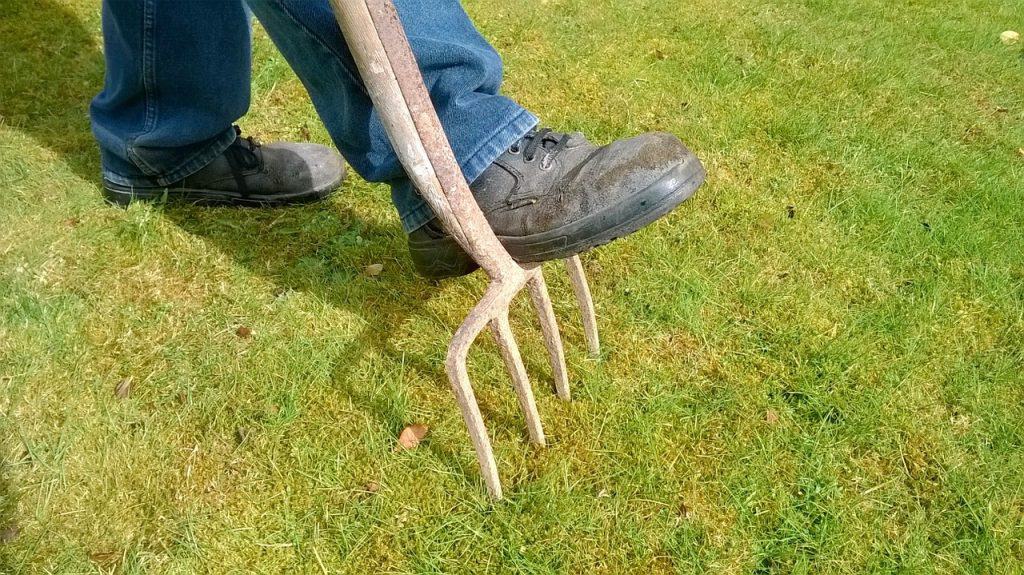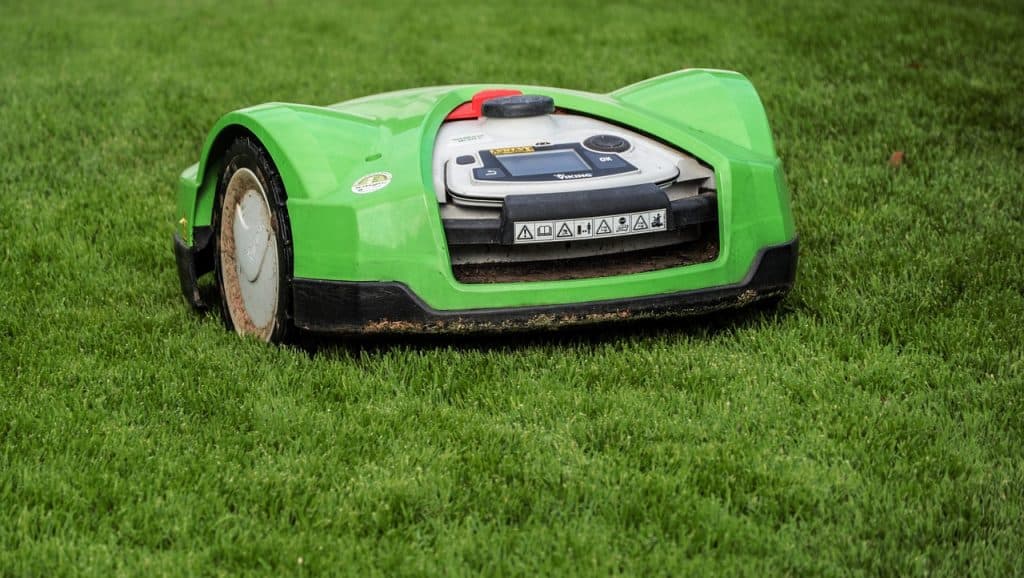A green, beautiful, well-maintained lawn is the highlight of any garden. What should you do if you see yellowing grass on your lawn? Can yellowing of the lawn be prevented?
The most common cause of yellowing lawn after winter is improper fertilization – excess and deficiency of nutrients are bad for the grass. You should fertilize your lawn twice a year:
You should fertilize the lawn one day before mowing, preferably on a cloudy day. If the grass still turns yellow despite fertilizing, you probably made one of two mistakes when fertilizing:
In both cases, it is sufficient to water the affected areas very frequently for 2-3 days with a large amount of water of 10 l/m2. The lawn should be watered early in the morning or in the afternoon, as evening watering promotes the development of fungal diseases.

Pet urine (especially dog and cat urine) has an irritating effect on grass. To save it, water the yellowed areas generously with 10 l/m2 of water and make sure that your pet does its business elsewhere.
Insufficient water causes the lawn to dry out. The lawn should be watered regularly especially during the long-lasting summer heat. If you want a beautiful lawn, you should water every 100m2 (1 acre) of lawn with 500 liters of water. Watering is best done in the morning – then you can avoid excessive evaporation of water.
If you mow the lawn too short, you can cause a disease called yellow spot disease which manifests itself as yellow patches on the grass. To avoid this disease, all you have to do is mow your lawn the right way – I wrote about this in the article “How and when to mow your lawn”.

Fungal diseases threaten the lawn during the vegetative period.
Characteristic features are yellow-orange spots and weakening of the roots – such grass can be effortlessly pulled out of the ground. The fungal disease is most common on lawns
In order to reduce the effects of anthracnose, you should scarify and aerate your lawn. After these treatments, water the lawn generously twice a week.
The characteristic symptom of this disease is round rings of brown to yellow color. Grass rhizoctonia occurs most often during hot and humid summers. To prevent this disease, scarify and aerate your lawn regularly.
This disease is characterized by rings with yellowed edges and a green center. The disease is caused by, among other things, under-mowing.
One of the most effective ways to control this disease is to acidify the soil. Before acidifying, make sure what the reaction of the soil is – how to check soil reaction I wrote in the article “Alkaline or acidic soil? How to check your soil pH?”
If your soil has a pH above 7.0, then apply an acidifying fertilizer that will acidify the soil and maintain the acidic level throughout the growing season.
If the grass is turning yellow, it may be due to feeding wireworms, nematodes, and spider mites (beetle larvae). To verify if the poor condition of the grass is caused by pests, dig a small patch of yellow grass 20 cm deep. If there are pests on it, then immediately apply a product to control them.
Before applying the product, scarify the lawn. Apply an insecticide to the soil so prepared and water the lawn generously. A neat green lawn is the pride of every property, so it is worth paying more attention to it.